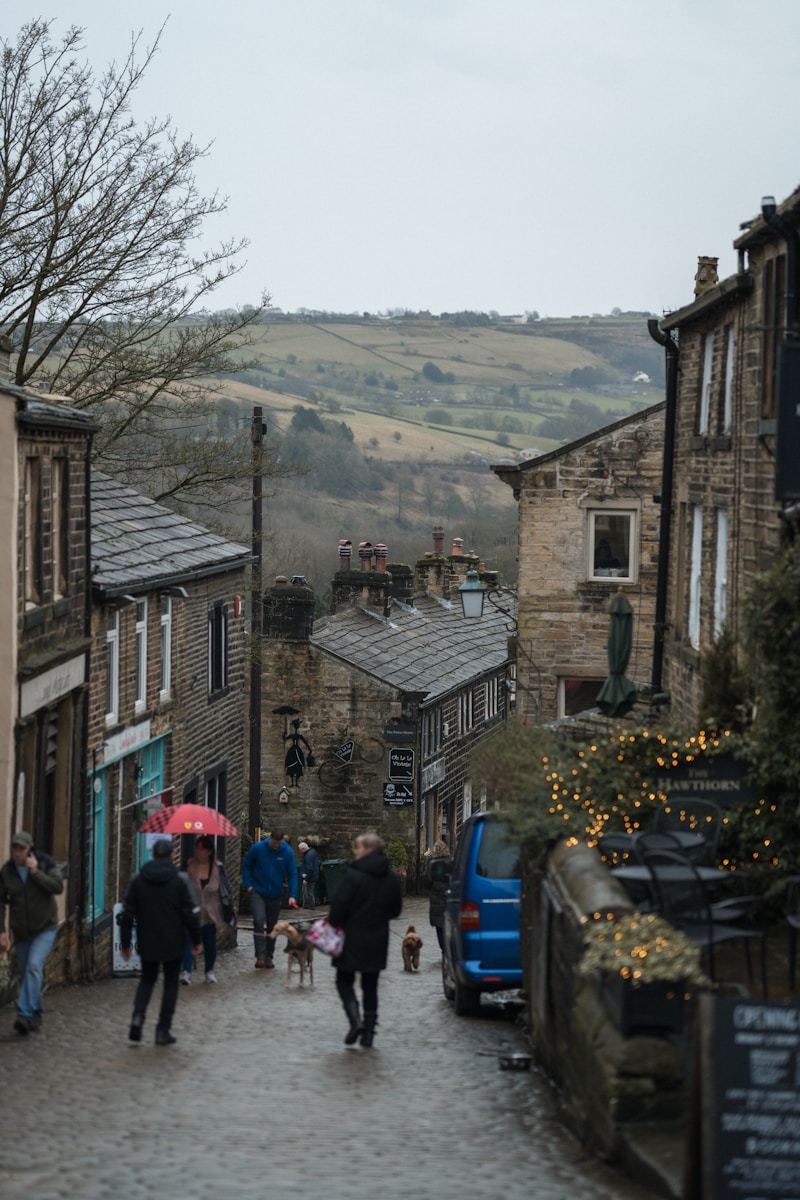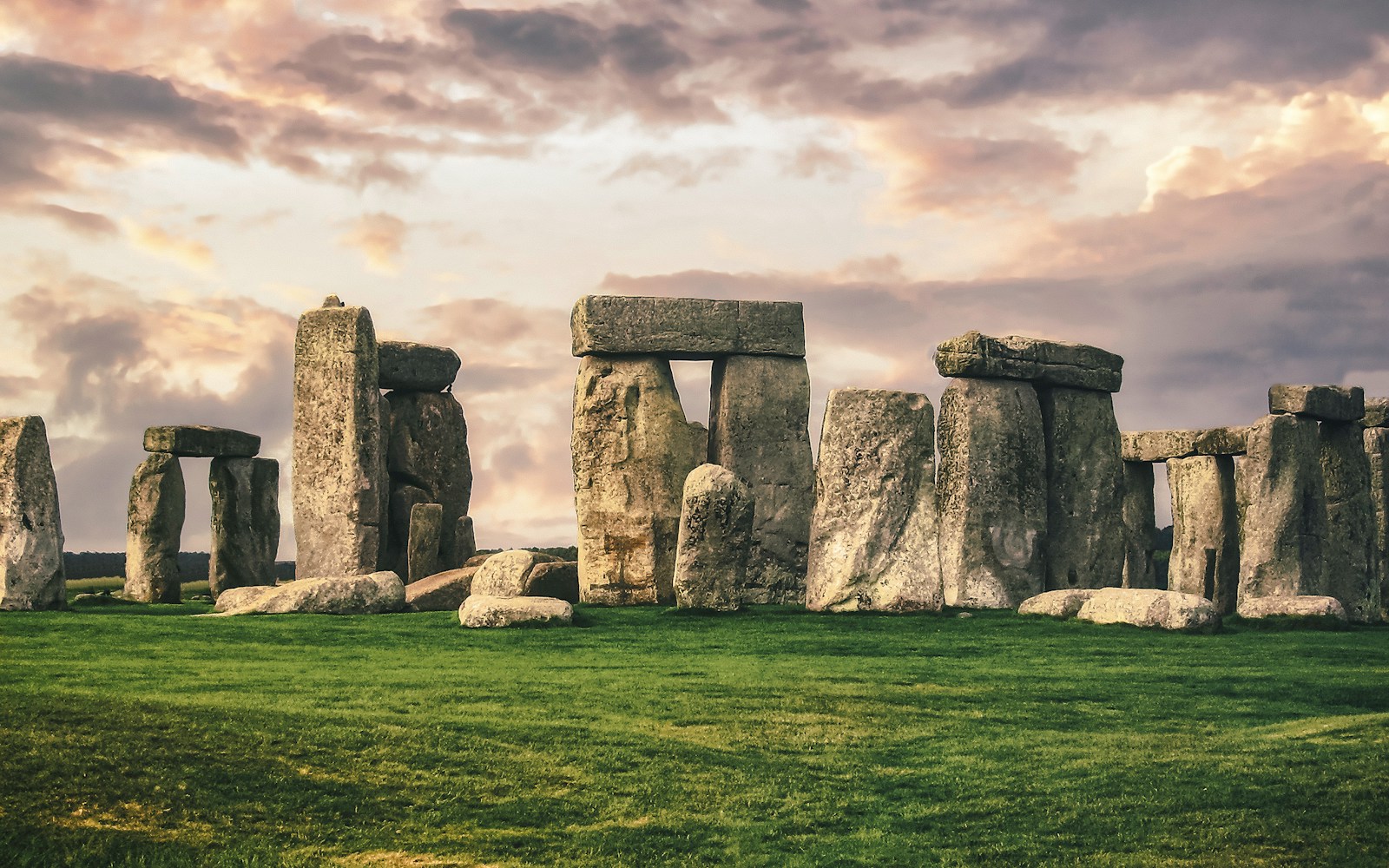
Introduction
When we think of the United Kingdom, the mind often conjures images of iconic landmarks like Big Ben, the Tower of London, and the rolling hills of the Cotswolds. But what about the hidden gems that lie off the beaten path? There’s a whole world of captivating landscapes, charming villages, and unique cultures waiting to be explored. Films have a powerful way of showcasing these lesser-known treasures, presenting a side of Britain that even the most seasoned traveler might overlook. Let’s dive into some remarkable films that reveal the unseen aspects of this fascinating country—those quiet corners that deserve just as much attention as the usual hotspots.
The Allure of Hidden Locations
Before we jump into the films, let’s consider why these off-the-radar locations are so appealing. They offer a chance to escape the crowds, providing a more authentic experience of British culture. You get to mingle with locals, savor traditional foods, and see the stunning landscapes that don’t make it onto most travel brochures. Plus, there’s something undeniably thrilling about discovering a place that feels like it’s waiting just for you.
“The Secret of Roan Inish”
Set on the windswept coast of Ireland (okay, technically not the UK but often associated with it), this enchanting film invites viewers to immerse themselves in the rich folklore and breathtaking scenery of the Irish Sea. It tells the story of a young girl who is determined to find her missing brother and uncover the mysteries of an island where seals might transform into humans.
While it may not be the UK proper, the film beautifully captures the essence of rural life and the sense of community that exists in small coastal towns. The remote locations depicted in the film showcase the rugged beauty of the Irish landscape, filled with dramatic cliffs and serene beaches. Watching this film might just inspire you to take a journey to the less-traveled shores, where the spirit of adventure awaits.
“The Trip”
Starring comedians Steve Coogan and Rob Brydon, this film is a comedic exploration of Northern England’s stunning countryside. As the two friends embark on a restaurant tour through the Lake District and beyond, audiences are treated to both breathtaking vistas and hilarious banter.
What’s wonderful about “The Trip” is that it highlights beautiful, lesser-known spots like Grasmere and Ambleside, showcasing their picturesque charm. These destinations may not have the level of recognition that London or Edinburgh enjoy, but they are filled with history, stunning landscapes, and quaint eateries that tell a story of their own. Coogan and Brydon’s culinary journey encapsulates the joy of road-tripping through hidden parts of Britain, encouraging viewers to explore the culinary delights that await outside the bustling cities.
“Atonement”
This film, based on Ian McEwan’s acclaimed novel, is a stunning visual masterpiece that takes us to various locations across the UK. While many audiences might recall the grandeur of the English countryside and the lush estates depicted in the film, not everyone recognizes how these settings reflect a more hidden aspect of Britain’s history and culture.
The film features several scenes shot at picturesque locations like the stunning Stokesay Castle in Shropshire, a medieval manor that rarely sees the crowds that flock to more famous sites. As you watch “Atonement,” you’ll become enamored with the tranquil beauty of the English landscape, discovering places that whisper tales of the past while showcasing the architectural marvels that often go unnoticed.
“The Last Kingdom”
For those who love history and epic tales, “The Last Kingdom” provides a gripping portrayal of a tumultuous time in British history. Based on the novels by Bernard Cornwell, this series takes viewers on a journey through 9th-century England, showcasing not only the conflict but also the stunning landscapes of the British Isles.
While the film primarily focuses on the historical narrative, the locations used for filming—such as the picturesque town of Alnwick and the atmospheric ruins of Lindisfarne Abbey—reveal parts of the country that tourists seldom visit. The series encourages exploration of ancient sites that are steeped in history, allowing viewers to appreciate the beauty of a land shaped by its storied past.
“The Guernsey Literary and Potato Peel Pie Society”
Set in the aftermath of World War II, this charming film transports audiences to the picturesque island of Guernsey, a place that often remains overlooked in favor of more popular locations like the Isle of Wight or the Scottish Highlands. The story follows an author who forms an unexpected bond with the quirky residents of the island through their book club.
Guernsey’s stunning coastal scenery and unique cultural heritage are beautifully showcased, making it a perfect example of a destination that deserves more recognition. The film’s exploration of the island’s history during and after the war highlights a different aspect of British life that is both poignant and heartwarming. It’s a reminder that beauty can often be found in the most unexpected places.
“A Month in the Country”
This beautifully understated film, based on J.L. Carr’s novel, takes place in the lush countryside of Yorkshire following World War I. It tells the story of a shell-shocked soldier who spends a summer restoring a church mural while grappling with his past.
While the plot is deeply moving, it’s the stunning Yorkshire landscape that truly steals the show. Filming in the charming village of Thixendale, the film presents a serene and contemplative side of rural life. It encourages viewers to slow down and appreciate the pastoral beauty that often goes unnoticed in the fast-paced world of tourism. This is a place where one can truly unwind, away from the hustle and bustle, and contemplate life in the lap of nature.
“Wild Rose”
Set against the backdrop of Glasgow, this film follows the journey of a young woman with dreams of becoming a country music star. While Glasgow is well-known for its vibrant culture, the film delves into the more personal stories of its residents, showcasing the city’s lesser-known aspects.
“Wild Rose” highlights gritty urban neighborhoods and the warmth of community, depicting a side of the UK that’s often overshadowed by more popular destinations. The film’s music and storytelling invite viewers to explore the blend of urban life and rural dreams, making it a heartfelt testament to the determination and resilience found in the heart of Scotland.
Conclusion
The UK is a treasure trove of hidden gems waiting to be explored, and film can be a powerful medium to shine a light on the unseen corners of this beautiful country. From the picturesque landscapes of the Lake District to the historic charm of Guernsey, these films remind us that adventure doesn’t always mean following the crowds. By venturing off the beaten path, you can uncover the rich tapestry of British culture and history in all its glory.
So, the next time you settle down to watch a movie, consider the less-traveled settings that inspire a sense of wanderlust. Who knows? You might just find your next travel destination in the most unexpected of places. Grab your popcorn, turn on the film, and let the adventure begin!


